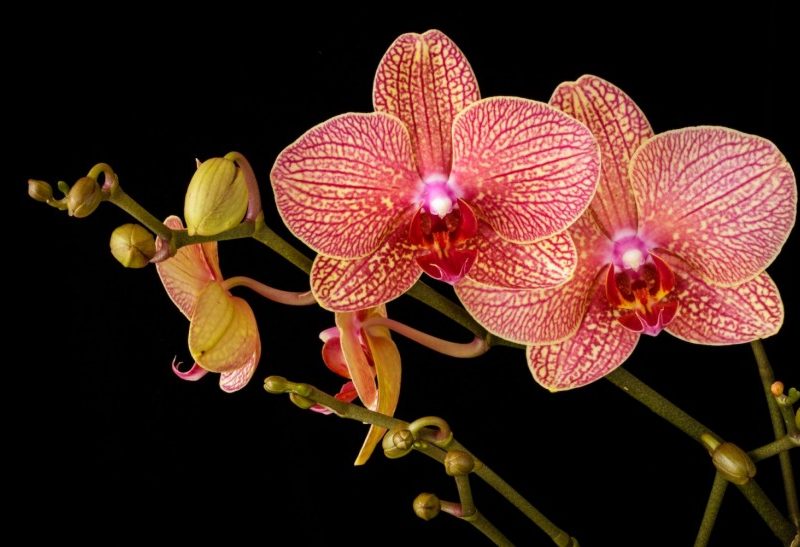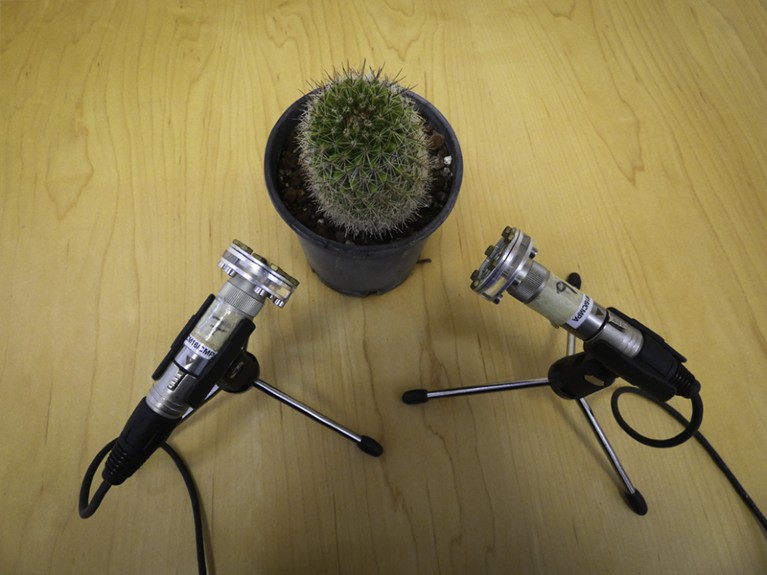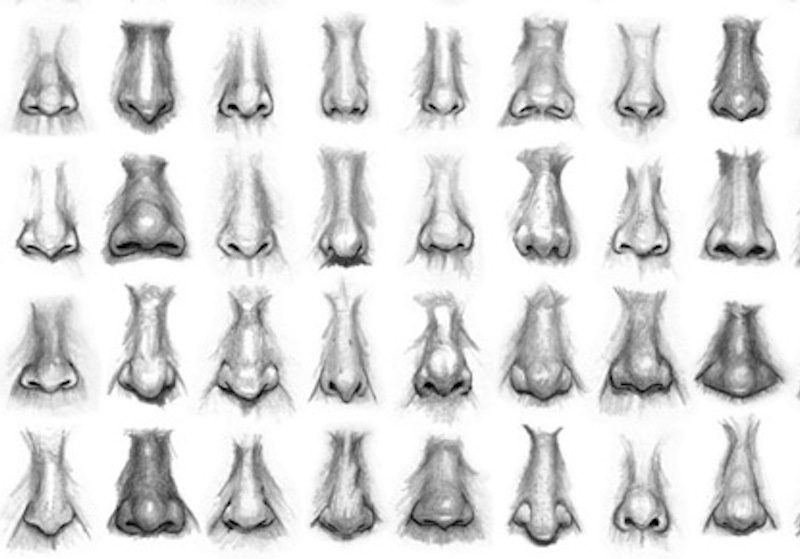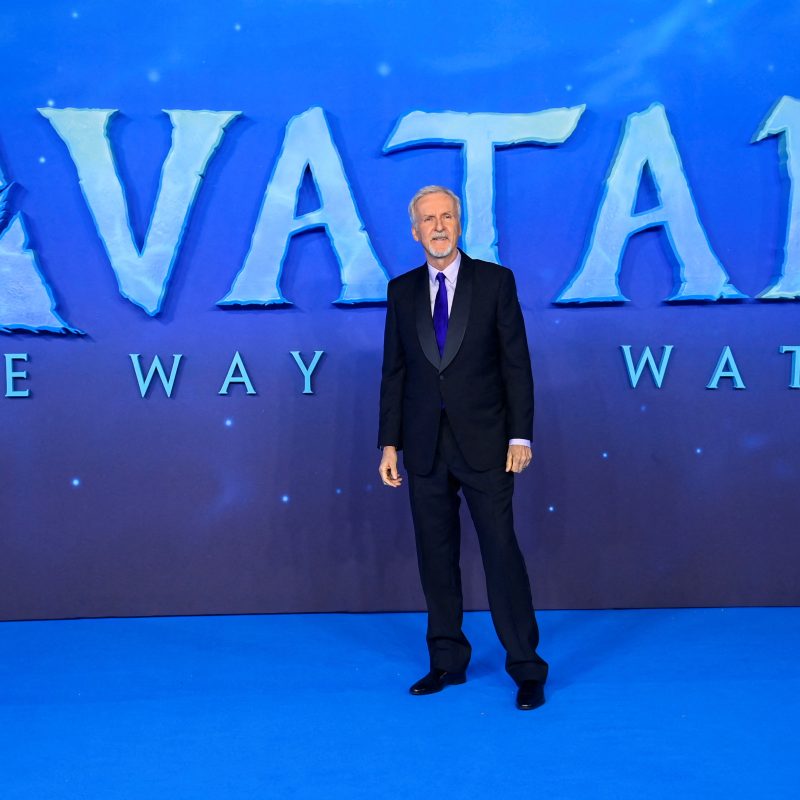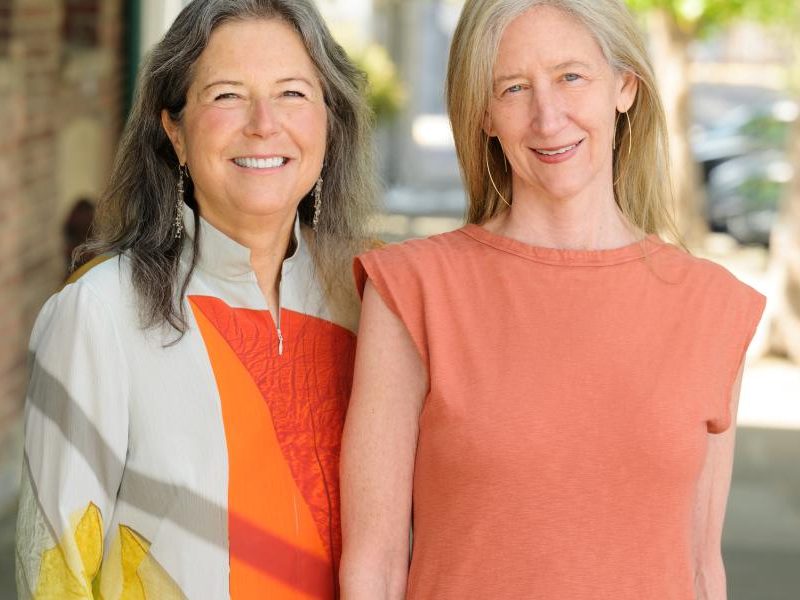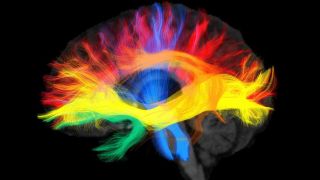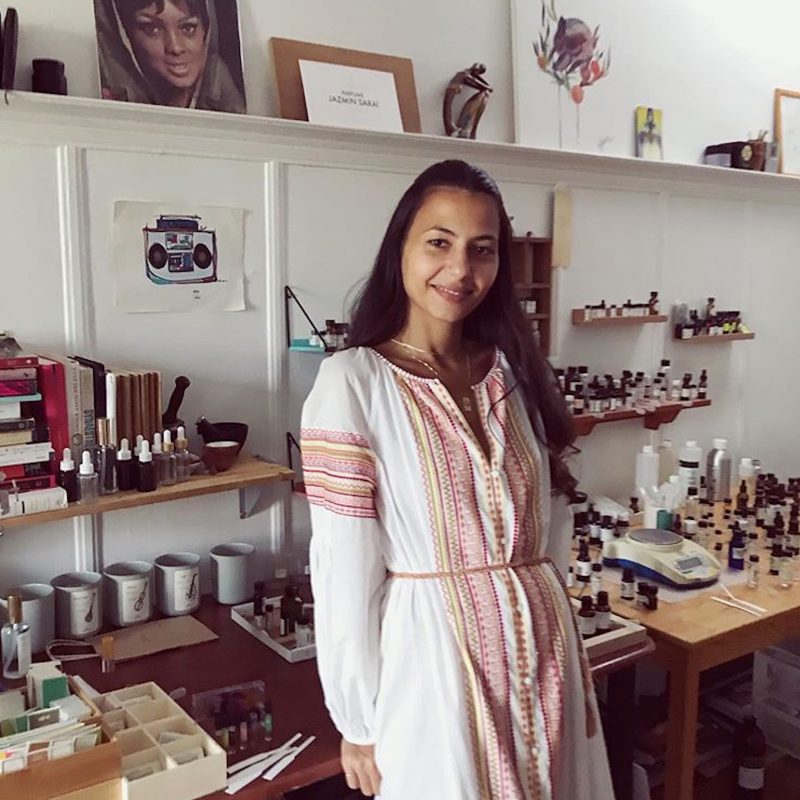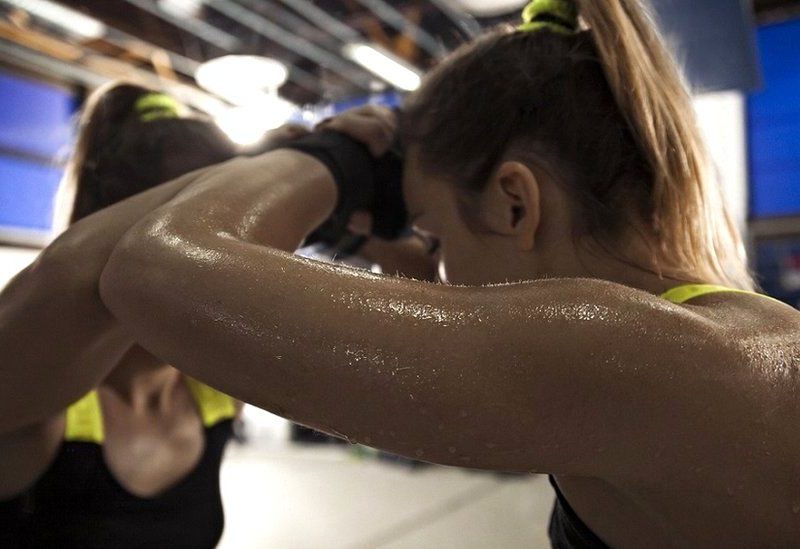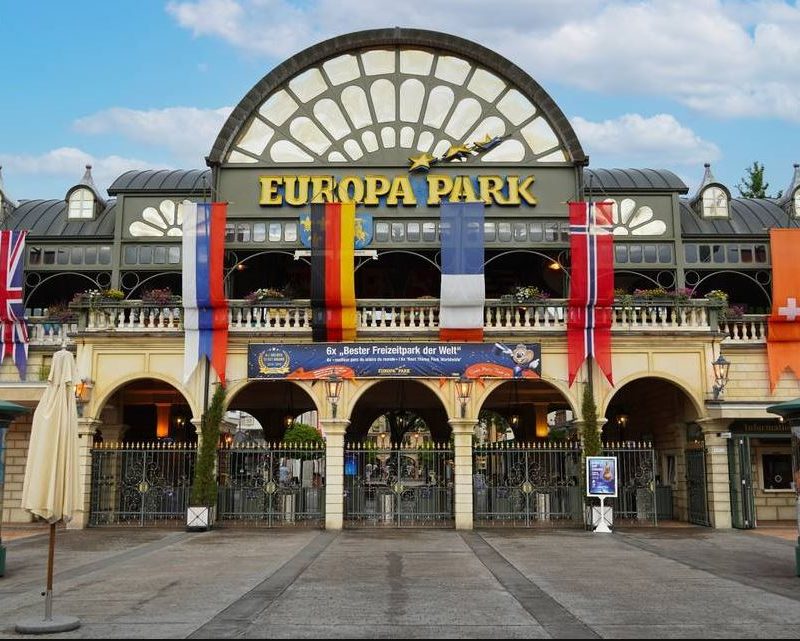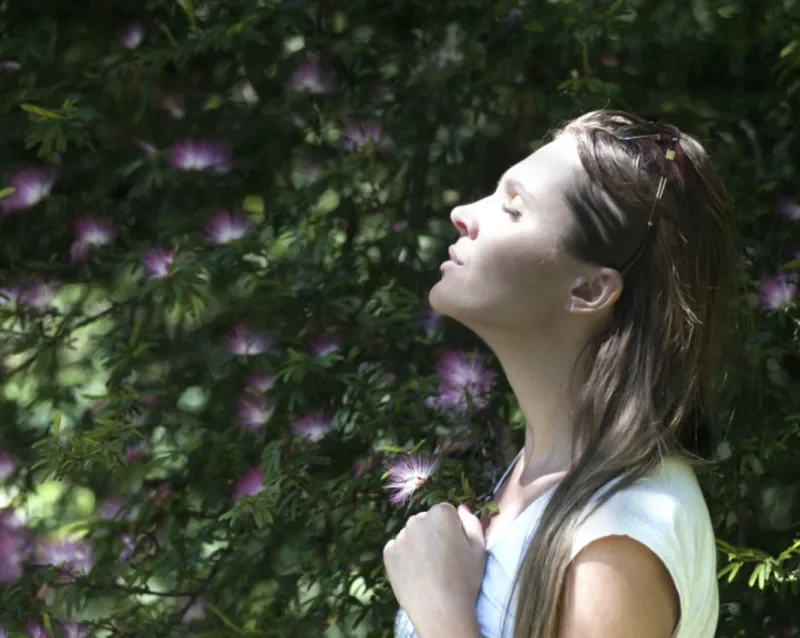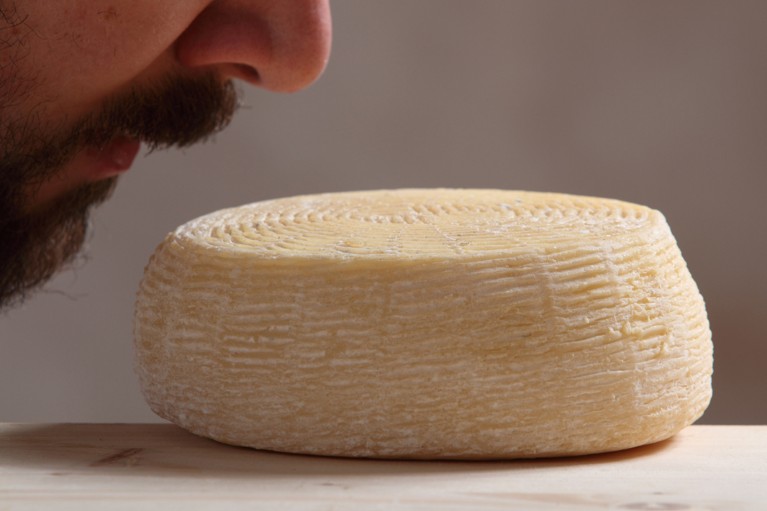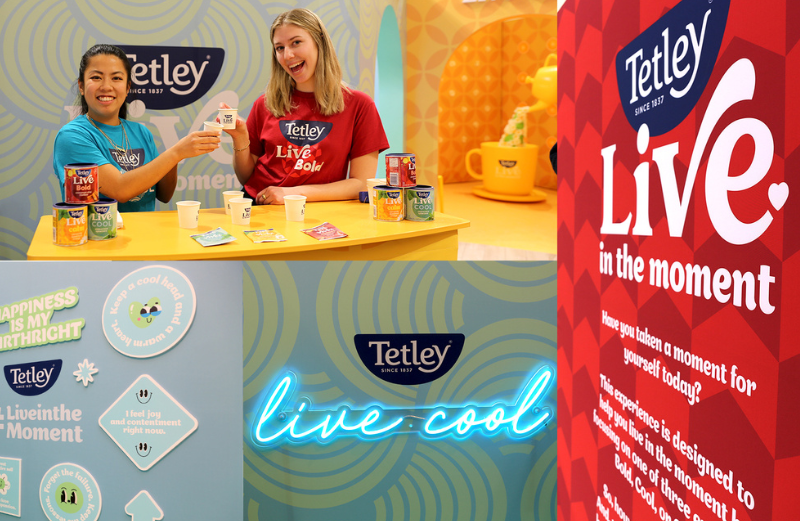Traditional booths where sensory evaluation usually takes place are highly controlled and therefore have limited ecological validity. Since virtual reality (VR) is substantially interactive and engaging, it has the potential to be applied in sensory science. In this preliminary study, three chocolate types (milk, white, and dark) were evaluated under three contextual settings, including sensory booths (control) and two VR environments (360-degree videos using VR headsets: (i) a pleasant sightseeing tour, and (ii) a live music concert). Untrained participants (n = 67) were asked to rate their liking and the intensity of different chocolate attributes based on the 9-point hedonic scale and just-about-right-scale (JAR). Emotions were evaluated using the check-all-that-apply (CATA) method. Results showed that there were no significant effects of context type on the tasting experience; however, there were significant effects of chocolate type. Milk and white chocolates were preferred over dark chocolate irrespective of the context type. Additionally, more positive emotions were elicited for the dark chocolate in the “virtual live concert” environment. Dark chocolate under the other two environments was associated with negative emotional terms, such as “bored” and “worried.” In terms of more reliable and ecologically valid sensory responses, further research is needed to match suitable VR environments to different chocolate types.
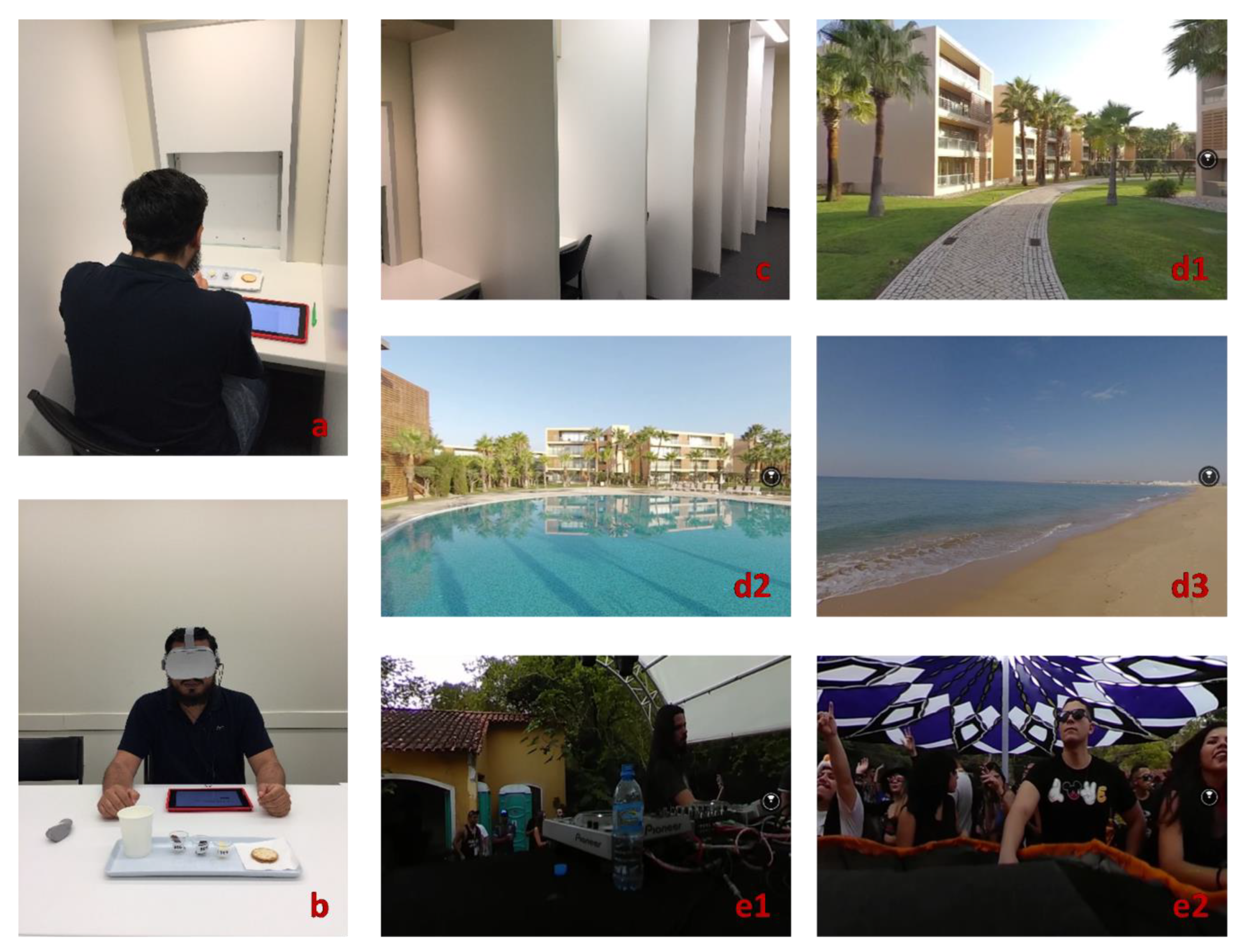 Click link for full article:
Click link for full article:





